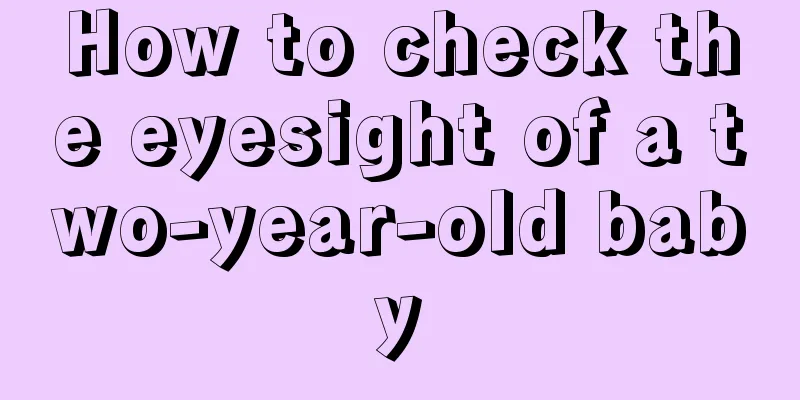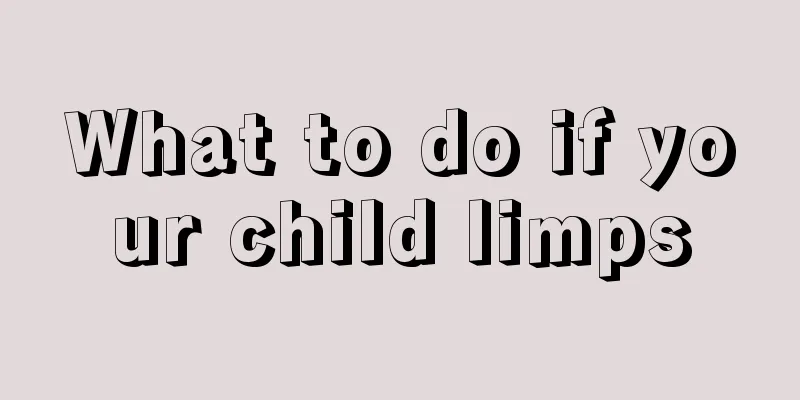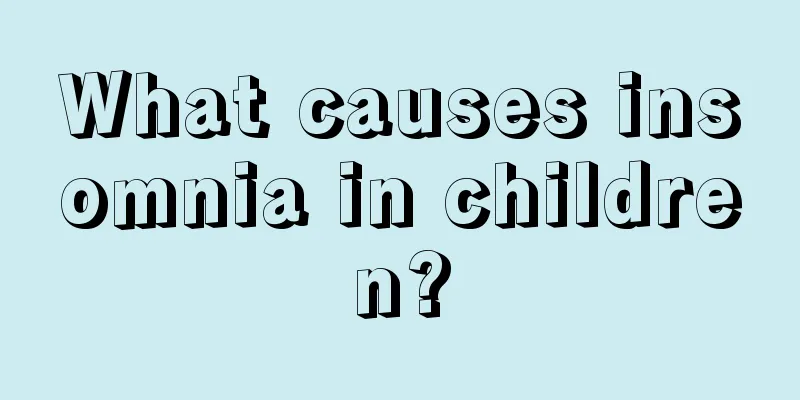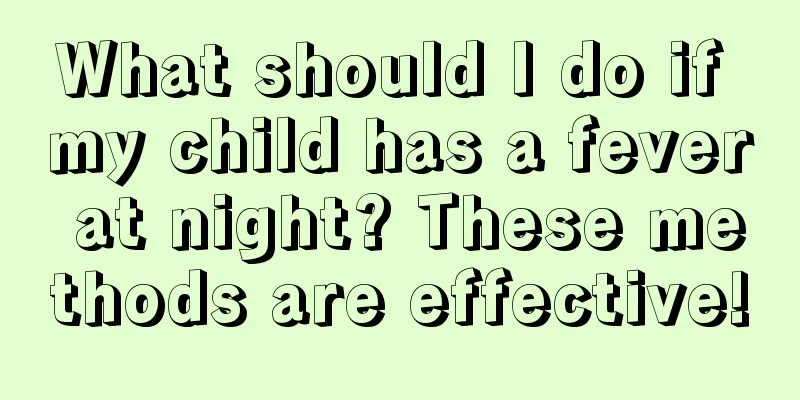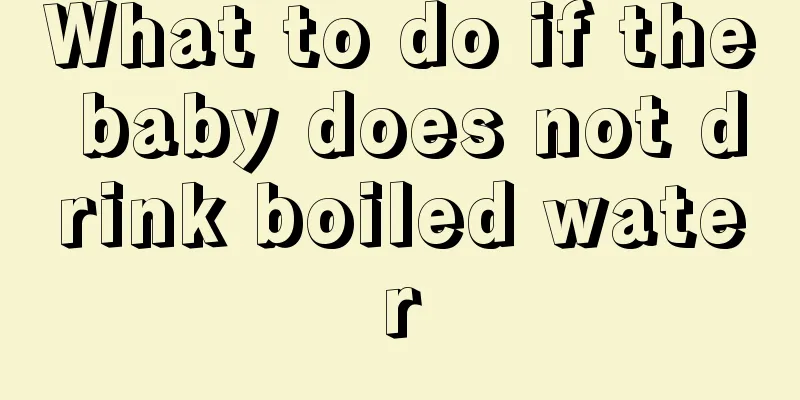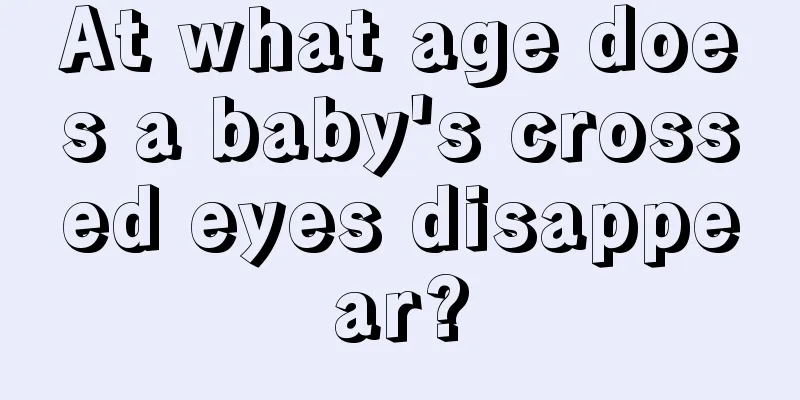Hand, foot and mouth disease rash characteristics

|
We know that the symptoms of hand, foot and mouth disease are very obvious, generally manifested as skin papules, which are very prominent. As long as parents observe carefully, they can judge the symptoms during the baby's illness and go to the hospital for diagnosis and examination. If parents cannot correctly understand the symptoms of hand, foot and mouth disease, their children will not be able to continue receiving treatment. So, what are the characteristics of hand, foot and mouth disease rash? 1. Common symptoms Acute onset, fever, mouth pain, anorexia, scattered blisters or ulcers on the oral mucosa, mostly located on the tongue, buccal mucosa and hard forehead, and may also affect the soft palate, gums, tonsils and pharynx. Maculopapular rashes appear on the hands, feet, buttocks, arms, and legs, and later turn into herpes. There may be inflammatory red halos around the herpes, and there is less fluid in the blisters. There are more of them on the hands and feet, and on the back of the palms. The number of rashes ranges from a few to dozens. It fades away without leaving any traces or pigmentation. Some cases only present as rash or herpangina. Most patients recover within a week and the prognosis is good. In some cases, the rash may be atypical, such as appearing in a single area or only as maculopapular rash. 2. Symptoms of severe cases In a few cases (especially those under 3 years old), the disease progresses rapidly, with meningitis, encephalitis (brainstem encephalitis is the most dangerous), encephalomyelitis, pulmonary edema, circulatory disorders, etc. occurring within 1 to 5 days of onset. In very rare cases, the condition is critical and can lead to death, and survivors may have sequelae. (1) Neurological manifestations when concurrent central nervous system diseases occur: poor spirits, drowsiness, irritability, headache, vomiting, delirium or even coma; limb tremors, myoclonus, nystagmus, ataxia, eye movement disorders; weakness or acute flaccid paralysis; convulsions. Physical examination revealed signs of meningeal irritation, weakened or absent tendon reflexes, and a positive Babinski sign. Central nervous system symptoms are more common in children under 2 years old. (2) Respiratory system manifestations of pulmonary edema: shallow breathing, difficulty breathing or change in rhythm, cyanosis of the lips, cough, coughing up white, pink or bloody foamy sputum; moist rales or sputum sounds can be heard in the lungs. (3) Circulatory system manifestations of concurrent myocarditis: pale complexion, skin patterns, cold limbs, cyanosis of fingers and toes, cold sweats, and prolonged capillary refill time. The heart rate increases or decreases, the pulse becomes shallow or weak or even disappears; the blood pressure increases or decreases. |
<<: Recurrent episodes of hand, foot and mouth disease
>>: Hand, foot and mouth disease ev71 positive
Recommend
How to deal with bacterial infection in children's cough
What to do if children cough frequently is a conc...
My baby is one and a half months old and has green poop
A baby of one and a half months is actually still...
How to educate a child who steals?
Why are some children particularly naughty and ig...
Why do newborns lose their hair?
It is very common for newborns to have sparse hai...
What kind of milk powder is good for baby boys?
Nowadays, many women who have just given birth ha...
The dangers of children eating their lips
Children don’t understand anything, and if the pe...
What causes children to always catch a cold?
If a child always catches a cold, then you need t...
Eye twitching
In everyone's impression, children are partic...
How can children improve their intelligence? This is how a genius baby is made
A child's brain development determines his in...
What are the factors that cause precocious puberty?
As the food market is getting better and better, ...
Treatment for newborns who love to laugh while sleeping
Children's physical condition is getting wors...
How to deal with poor gastrointestinal absorption in children?
Children's gastrointestinal function is weak,...
Treatment methods for children with sallow complexion and thin body
In our lives, it is common for children to have s...
Symptoms of systemic lupus erythematosus in children
Everyone must have talked about systemic lupus er...
What determines whether a newborn baby has double eyelids?
Generally speaking, when a baby is just born, it ...
